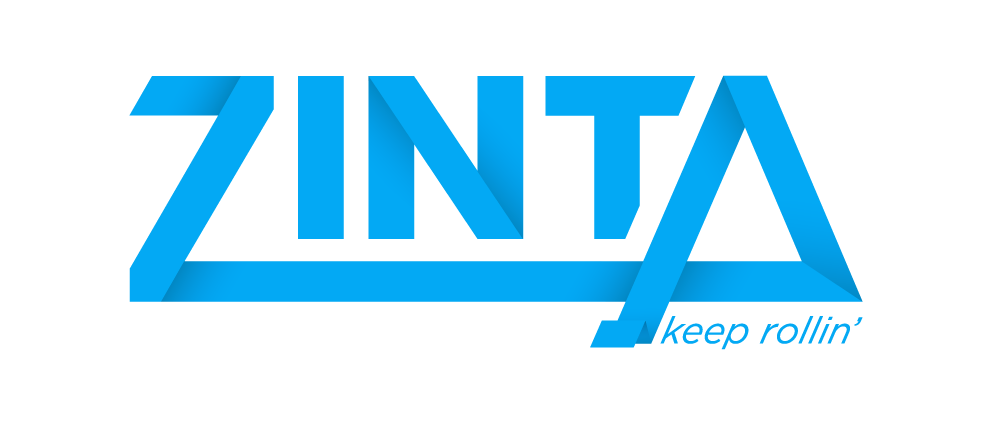The global market for linerless labels was valued at USD 2.33 billion in 2019 and is estimated to reach USD 3.41 billion by 2027*. This growth is primarily due to increased consumer interest in eco-friendly products. And right now, linerless labels are the best way to show your care for the environment.
What are linerless labels?
They are self-adhesive labels that do not have a removable liner on the back but are rolled on top of each other. Because the liner is removed, up to 40% more linerless labels can be printed on the same roll.
This is not the only benefit of linerless labels. They have become extremely popular recently because:
- They last longer – they have a UV, moisture, and chemical-resistant adhesive coating on the front that protects them for a longer period.
- Cost-effective – because they are more compact, linerless labels require less packaging, processing, and transport costs.
- Reduced space requirements – a roll of linerless labels requires less space than one with normal labels which helps to optimize storage space.
- They are safer – because they no longer have that protective layer of silicone that could slip off extremely easily, linerless labels offer more safety at the workplace.
- They are sustainable – the waste resulting from the use of labels, which is quite toxic and difficult to recycle, disappears.
Sustainability is the main reason why most manufacturers prefer linerless labels. These labels help to reduce the solid waste stream and eliminate silicone from landfills (the adhesive liner found on traditional labels is made of silicone, which is highly toxic and difficult to recycle).
Linerless labels use all available space with useful information – white spaces in the information layout disappear, and labels require less paper to print. In addition, using such labels reduces carbon footprint (CO2). We can say that this type of label contributes to the success of “zero waste” green initiatives of companies.
Although linerless labels are gaining significant ground in consumer preference, there are some less pleasant aspects to bear in mind if you want to make the switch:
- Production costs are higher: the cost of an individual linerless label is higher than a traditional label.
- Requires special printing equipment.
Although these two disadvantages could make you think that switching to this type of label requires increasing your budget, remember that linerless labels require lower packaging and shipping costs, so your initial investment will be recovered in a short time.
Need more information to convince yourself of the benefits of these labels? Contact us at 031-780.03.18 or comenzi@zinta.ro and we will offer you all the details you need.
Source*: www.fortunebusinessinsights.com



